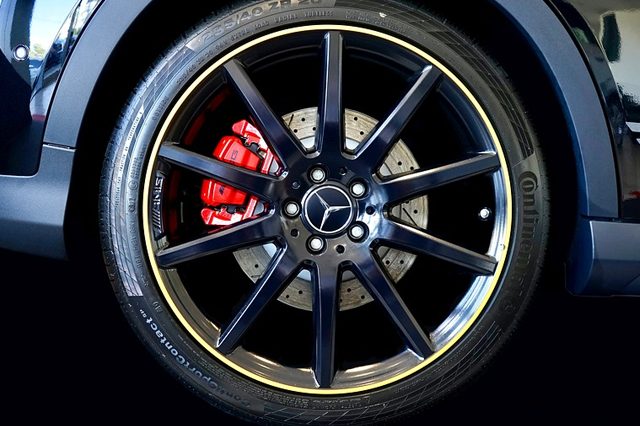Keeping the car in good condition is important so that all its components work properly, and a basic review should be carried out on a regular basis to detect deficiencies. However, sometimes there may be circumstances that imply knowing what to do if the car does not break.

Knowing how to act with your car if at a given moment it does not brake will allow you to have the necessary resources to be able to act in one of the most dangerous situations that any driver can face. Fortunately, there are different techniques with which you can get the car to slow down in the event of a brake problem.
In any case, remember the importance of carrying out good brake maintenance, which is key to preventing malfunctions.
Instructions to act if the car does not brake
If you want to know what to do if the car does not break, the steps you must follow are the following:
- To know what you should do if the car does not break, you must take into account the engine brake. This involves getting the car to slow down through the lower gears. To do this, all you have to do is take your foot off the accelerator, step on the clutch, and shift down a gear. In this way, if you find yourself, for example, in a fifth gear, you will have to go down to fourth and see how it slows down; and then do the same down to third, and keep reducing until you get the vehicle to come to a complete stop.
- Another option that you can resort to in the event that you find that the car does not brake is to try to unblock the pedal. This may be another of the causes that causes this risk situation, and you should know how to act to deal with it. To do this you will have to slightly raise the brake pedal by placing your foot below. When you have done it, try to use the brake again to see its response; And if the technique works, remember to go to a mechanical workshop to have the pedal repaired, avoiding having this risk again while driving on the road.
- In the event that you want to know how to act if the car does not break, alternatively you can resort to a somewhat more complicated option, but which may be necessary in an emergency. To do this you will have to look for the contact of the car in front of a lateral surface, in such a way that it causes the car to reduce its speed until it comes to a complete stop. This technique consists of bringing the car closer to some element such as a guardrail making the car contact him lightly. It is a dangerous operation that you would only have to resort to in an extreme case in which you see your safety in danger.
- On the other hand, you must bear in mind that there are braking zones on the roads. You will not find them in all of them, but it is common for them to be found on roads with steep slopes, so that in the event of brake problems, you can resort to it. These types of areas are duly identified.
- In any case, whenever you find that your car does not break, it is necessary that you activate the hazard lights. In this way, the rest of the cars that circulate on the road can be warned that something is happening with your car, which will allow them to maintain caution. Also, remember to remain calm at all times, something that will be key to not making mistakes that could lead to an even bigger accident.
- Once you have managed to stop your vehicle without brakes, you must signal it correctly. Also, contact the emergency services if you need it.
Tips to act if the car does not brake
Once you stop your vehicle after managing to brake it as an emergency, you need to correctly signal the fault. For this you will have to take into account the following:
- Put the car’s emergency lights, in addition to trying to place the vehicle where it least bothers.
- Later, before going out on the road, it is necessary that you put on the safety vest. It is mandatory that you carry it inside the vehicle; and keep it handy to increase visibility. With it on, you will be more visible to other drivers.
- Once you are ready to be on the road you will have to place the safety triangles. You must place one behind and one in front of the vehicle at a distance of about 50 meters (about 100 steps) on two-way roads that do not have two lanes for each of them. In the latter it will be enough to place the rear triangle.








